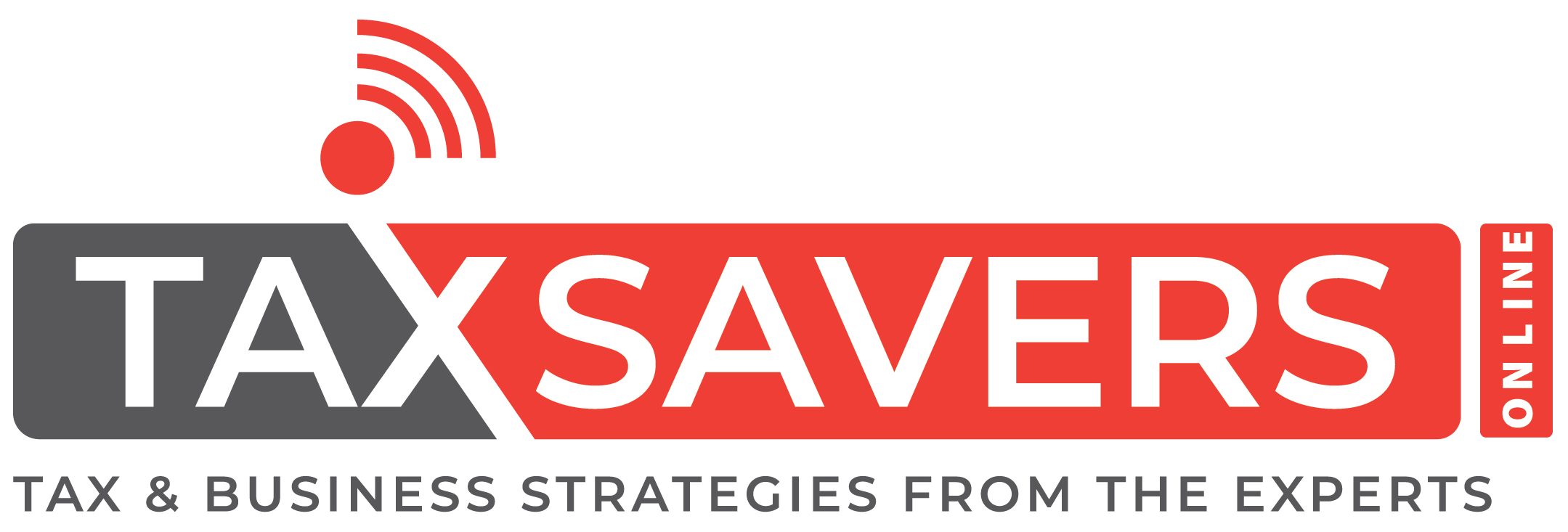When it comes to saving for retirement, there are a lot of options out there. One popular way to save is through a qualified retirement plan.
But what is a qualified retirement plan exactly? And how does it work? In this blog post, we’ll break down everything you need to know about qualified retirement plans.
So keep reading for all the details!

Contents
What is a Qualified Retirement Plan?
A qualified retirement plan such as 401 k is a type of employer-sponsored retirement plan that meets specific IRS requirements.
Qualified retirement plans offer employees a number of benefits, including tax savings and the ability to contribute pre-tax dollars to their account.
Employees may also be able to take a loan from their account or withdraw money before Retirement without paying taxes and penalties.
If you’re thinking about contributing to a qualified retirement plan, Continue Reading to Learn more key details.
How can you contribute to a Qualified Retirement Plan?
One of the best ways to secure your financial future is to contribute to a qualified retirement plan.
Retirement plans such as 401(k) are designed to help you save for retirement and offer a number of tax benefits.
For example, contributions to a qualified retirement plan are typically tax-deductible, and the earnings on your investment grow tax-deferred.
This means that you can potentially save hundreds or even thousands of dollars on your taxes each year.
In addition, many employers offer matching contributions to qualified retirement plans, which can further increase your savings.
By taking advantage of these tax benefits and employer match programs, you can make significant progress towards a comfortable retirement.
What are the benefits of contributing to a Retirement Plan?
There are many benefits to contributing to a qualified retirement plan, including the potential for tax breaks and the ability to save for the future.
Qualified retirement plans are designed to encourage employees to save for retirement by offering certain tax advantages.
For example, contributions to a 401(k) plan may be deducted from an employee’s taxable income, and earnings on those contributions are not taxed until they are withdrawn from the account.
This can help employees save money on their taxes in the short-term and grow their savings more quickly over time.
In addition, retirement plans often offer other benefits, such as employer matching contributions or vesting arrangements that protect an employee’s right to their account balance even if they leave their job.
These features can make it easier for employees to save substantial amounts of money for retirement.
For all of these reasons, contributing to a qualified retirement plan can be a wise decision for many people.
Employees who take advantage of these plans can potentially enjoy significant tax breaks, grow their savings more quickly, and secure their financial future. Do you know you can do an early withdrawal from a 401k? Learn More.
How do I know if I’m eligible for a qualified retirement plan?
Qualified retirement plans are a great way to save for the future, but only if you’re eligible. There are a few key criteria that must be met in order for a plan to qualify.
First, the plan must be established by an employer or other eligible organization.
Second, the plan must meet certain IRS requirements with regards to employee participation, vesting, and benefits.
Third, you must be at least 21 years of age(in most plans) and have worked for the company for at least 6 months to a one year (This vary company to company).
Lastly, the plan must have a written document outlining the terms and conditions of the plan. If you’re unsure whether or not your employer’s plan qualifies, you can always check with the IRS or consult a financial advisor.
Qualified retirement plans offer many advantages, so it’s worth taking the time to make sure you’re eligible before you start contributing.
What are the penalties for not contributing to a retirement plan
Qualified retirement plans are an important way to save for the future, but there are no direct penalties for not contributing.
The most common indirect penalty is Income Tax you pay on the amount that you could have contributed in the retirement plan.
You also miss out on tax deferred growth on the amount you contribute in the qualified retirement plan.
Second Indirect penalty is, if an employer offers a matching contribution, employees who do not contribute may miss out on that match.
As a result, it’s important to understand the penalties for not contributing to a qualified retirement plan before making any decisions about whether or how to contribute.
Final Thoughts
A retirement plan is a great way to save for your future and receive tax benefits. You can contribute to a retirement plan if you are eligible, and there are many benefits to doing so. If you’re not currently contributing to a qualified retirement plan, it’s time to start.
Check out our blog for more information on retirement planning and how you can get started today.






3 thoughts on “What is a Qualified Retirement Plan | Best Tax Strategies”